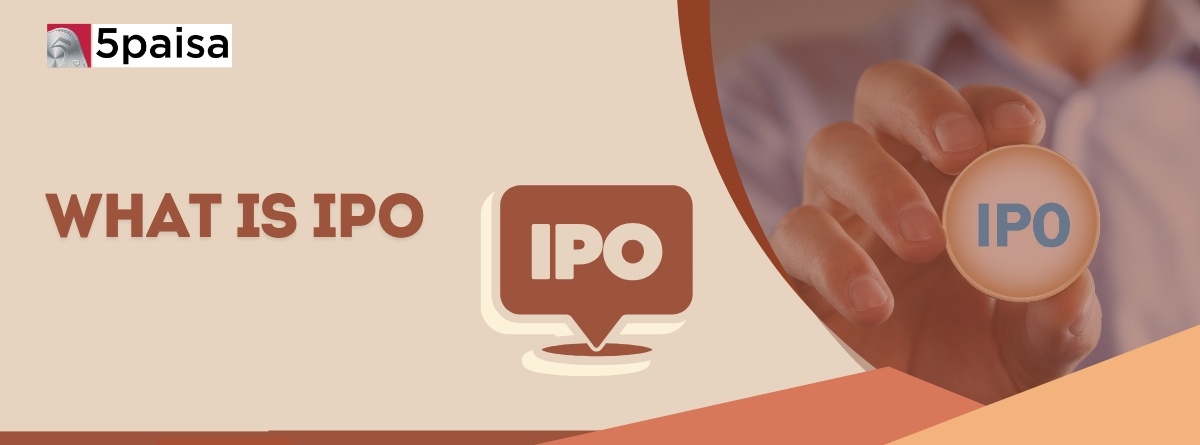Content
- IPO: Meaning and Definition
- How does an Initial Public Offering Work?
- Types of IPO
- Why are IPOs generated? What is the need for launching IPOs?
- Advantages of an IPO
- Disadvantages of an IPO
- How to check for upcoming IPOs?
- What is the IPO timeline?
- IPO Glossary
- Guidelines for Beginners Investing in IPOs
- How to invest in an IPO?
An initial public offering (IPO) is the procedure of releasing fresh shares of stock to the public for the first time in a private firm. A corporation can raise equity funding from the general public through an IPO.
Since there is often a share premium for present private investors, the transition from a private to a public firm can be a crucial period for private investors to completely realize rewards from their investment. Additionally, it enables public investors to take part in the sale. In this article, you'll go understand IPO meaning and how it works.
More Articles to Explore
- Difference between NSDL and CDSL
- Lowest brokerage charges in India for online trading
- How to find your demat account number using PAN card
- What are bonus shares and how do they work?
- How to transfer shares from one demat account to another?
- What is BO ID?
- Open demat account without a PAN card - a complete guide
- What are DP charges?
- What is DP ID in a demat account
- How to transfer money from demat account to bank account
Disclaimer: Investment in securities market are subject to market risks, read all the related documents carefully before investing. For detailed disclaimer please Click here.
Verify Your Details
Krishca Strapping Solutions Limited
sme- Date Range 23 Oct- 27 Oct’23
- Price 200
- IPO Size 23
Frequently Asked Questions
Most investors consider IPOs a good investment due to the media hype and the subsequent fluctuation in price that often leads to higher gains. However, earning profits is not a confirmed outcome of an IPO. Therefore, it is essential to analyse the company’s prospectus with its financial position and risk tolerance.
When a company decides to go public through an IPO, they need to list the initial value of its shares. The underwriting banks fulfil this process. The company’s fundamentals and growth prospects determine its stock’s value. However, supply and demand play an equally crucial role in the IPO price.
While the terms stock and share are used interchangeably, an IPO is when a company sells shares of its stock.
The IPO profit is essentially the percentage gain on your investment. Therefore, to determine your profit or loss, divide the investment amount by the share’s purchase price.
An Initial Public Offering (IPO) is when a private company offers its shares to the public for the first time, allowing investors to buy ownership in the business.
In an IPO, a company works with investment banks to set a price range, invites public applications, allots shares to investors, and then lists them on a stock exchange.
The profitability of an IPO varies. Some provide listing gains or long-term growth, while others may underperform. Outcomes depend on market conditions, pricing, and the company’s future performance.
Once IPO shares are allotted and listed, they can be sold on the stock exchange through a trading account, at prevailing market prices, subject to applicable rules and settlement processes.
IPOs can offer gains or losses depending on market movements, pricing, and company performance. There is no assured profit, and results vary widely between different offerings.
The amount earned from an IPO depends on listing price, market demand, and subsequent price changes. Returns can range from losses to significant gains, with no fixed outcome guaranteed.




